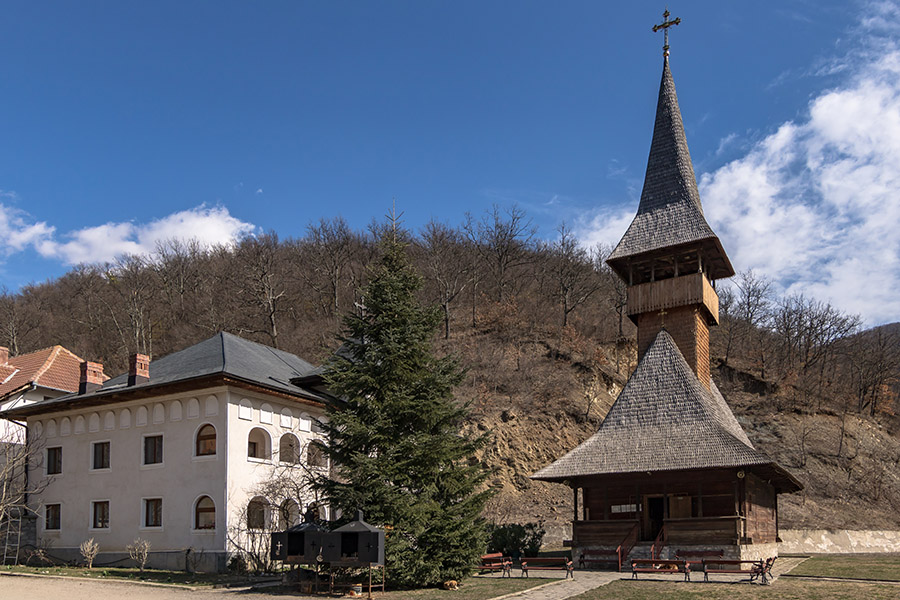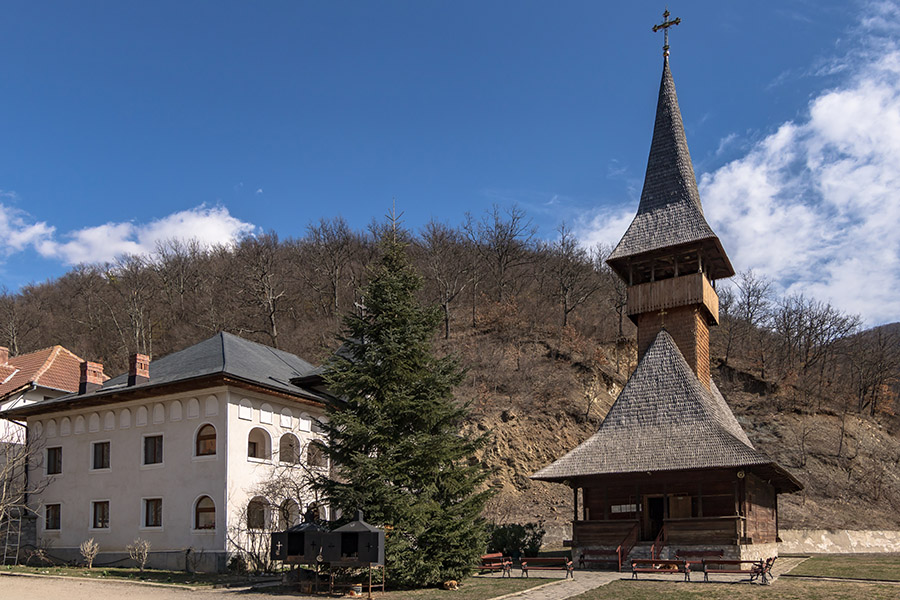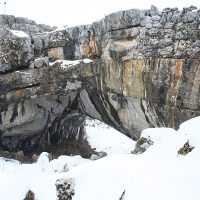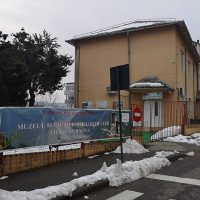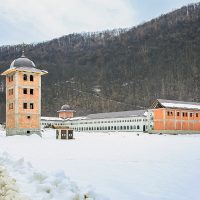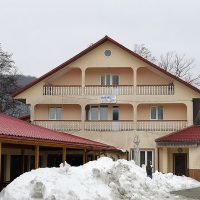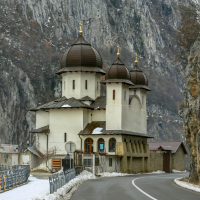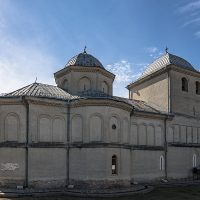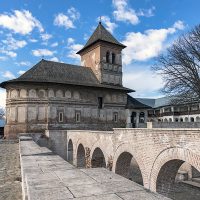








It was one of the first monastic settlements with public life erected on Romanian lands, being the first founding of Saint Nicodemus in our country. It was built on the ruins of an older settlement, probably from the time of Litovoi (dead in 1273). The founding act of the monastery dates from 1374; however, it is assumed that it was ready for completion around 1369. According to other opinions, the building began in the spring or summer of 1370, the painting being done in 1371 or in 1372. The ruler of the Romanian Country, Vlaicu Voda (1364-1377) and Lazarus of the Serbs (1371-1389) contributed to its construction. St. Nicodemus lived here for a while. For a while, the abbott of Vodita and Tismana was the same person. Vodita had a shaky existence due to political conditions; located near the Hungarian Catholic kingdom, the Banat of Severin was conquered, on several occasions, by Hungarians. The holy place had much to suffer from these protests, Catholic propaganda hampering the existence of Vodita. The last time it was mentioned in the letter of Radu the Handsome, from July 10, 1464. At the beginning of the 16th century, Vodiţa has been plundered, burned and crushed by the Turks. Between 1662-1667, some monks from Vodita went to Russia for help. At the beginning of the 18th century, the monks of Tismana tried to rebuild the holy place. It was ruined permanently because of the frequent wars between the Austrians and the Turks. After 1990, through the efforts of the abbot Nicodim Nicolăescu, the current bishop of Severin and Strehaia, the monastery was re-established, receiving the dedication of Saint Anthony the Great, which it had, seemingly, since the time of Saint Nicodemus. The church is built of wood, in the Maramures style and was consecrated in 2001.
Download PDF